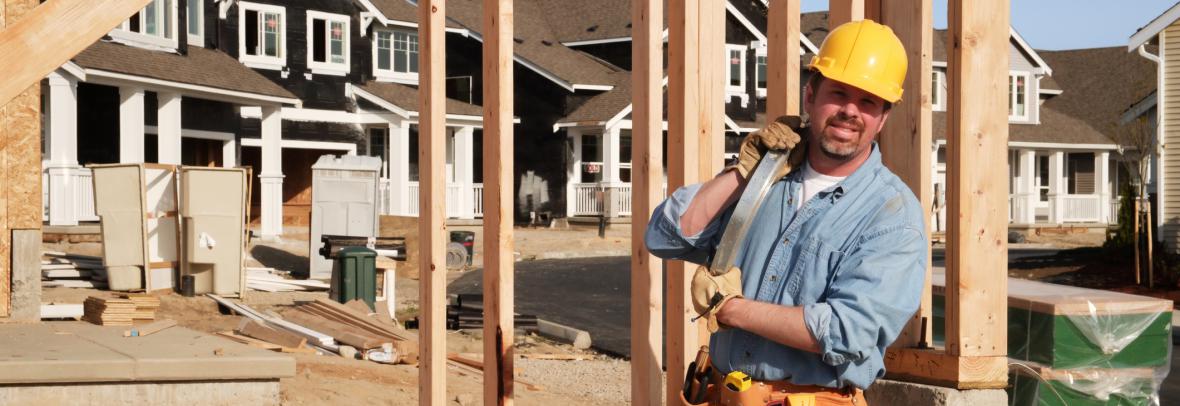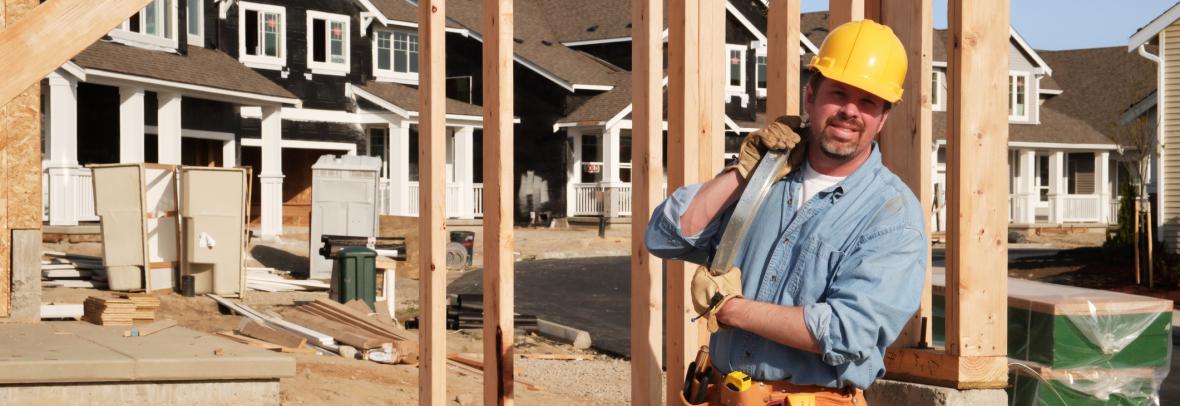
Within that larger number, single-family starts declined 4.7% in a seasonally adjusted annual rate, while the multifamily sector dropped 13.2%.
WASHINGTON, Oct. 19 – In September, overall housing starts decreased 8.1% to a seasonally adjusted annual rate of 1.44 million units, according to the U.S. Department of Housing and Urban Development and the U.S. Census Bureau.
The 1.44 million reading is the number of housing units builders would begin if development kept September’s pace for the next 12 months.
Within that overall number, single-family starts decreased 4.7% to an 892,000 seasonally adjusted annual rate, which is down 5.6% so far in 2022.
The multifamily sector, which includes apartment buildings and condos, decreased 13.2% to an annualized 547,000 pace.
“Higher interest rates are hurting the ability of buyers to purchase a new home, particularly at the entry-level end of the market,” says Jerry Konter, chairman of the National Association of Home Builders (NAHB). “Higher rates also harm the supply-side of the market by increasing the cost of construction and development loans.”
“The ongoing decline for single-family construction mirrors weakness for single-family builder sentiment, which has now declined for 10 straight months and stands at half the level of a year ago,” adds NAHB Chief Economist Robert Dietz. “The September single-family production level is below a 900,000 annualized rate and the lowest level since May 2020.”
On a regional and year-to-date basis, combined single-family and multifamily starts are mixed in the four subsets included in the report: 3.9% higher in the Northeast, 1.2% lower in the Midwest, 3.6% higher in the South and 3.4% lower in the West.
Overall permits – an indication of future construction – increased 1.4% in September and is up 0.3% year-to-date. However, single-family permits decreased 3.1%, marking seven consecutive months of declines. Multifamily permits increased 7.8%.
Looking at regional permit data on a year-to-date basis, permits are 2.8% lower in the Northeast, 1.5% higher in the Midwest, 1.4% higher in the South and 1.6% lower in the West.
© 2022 Florida Realtors®
Go to Source
Author: kerrys



